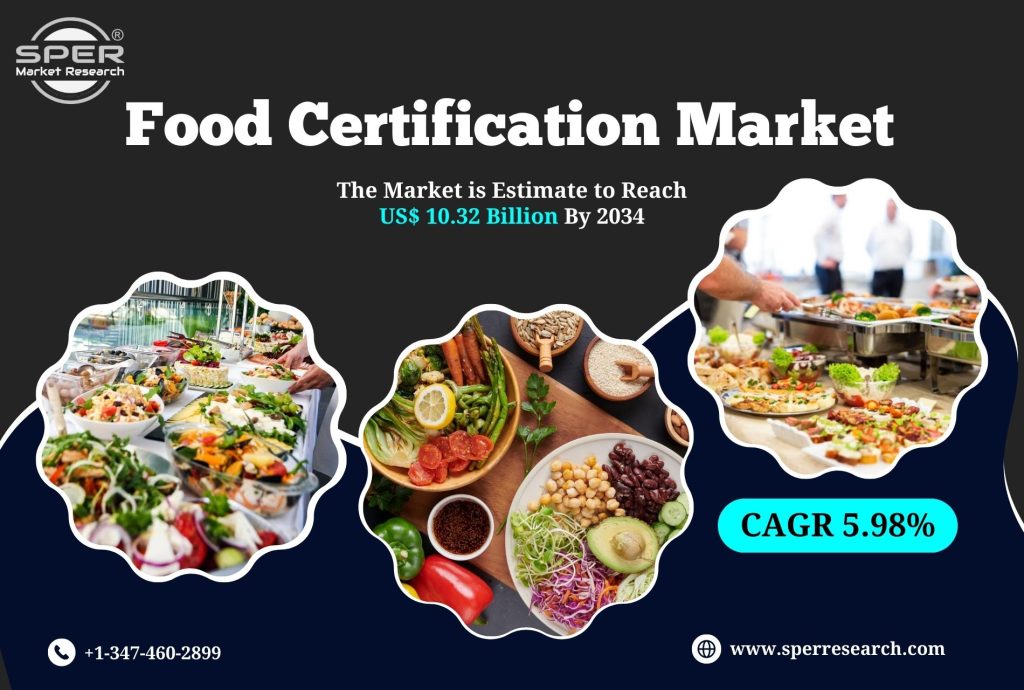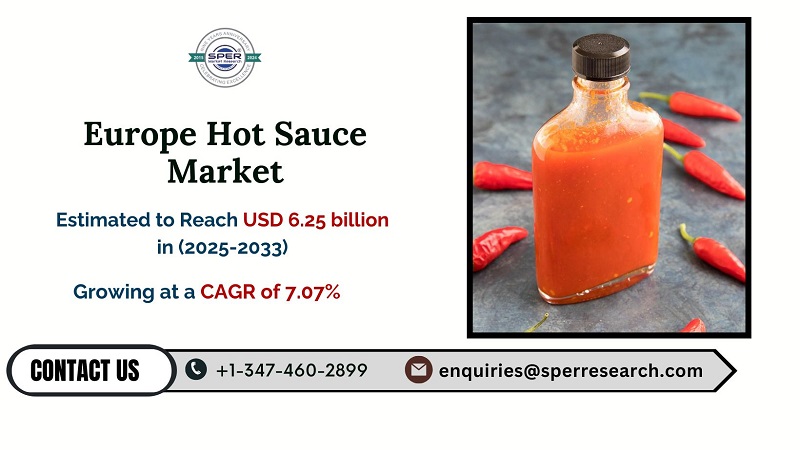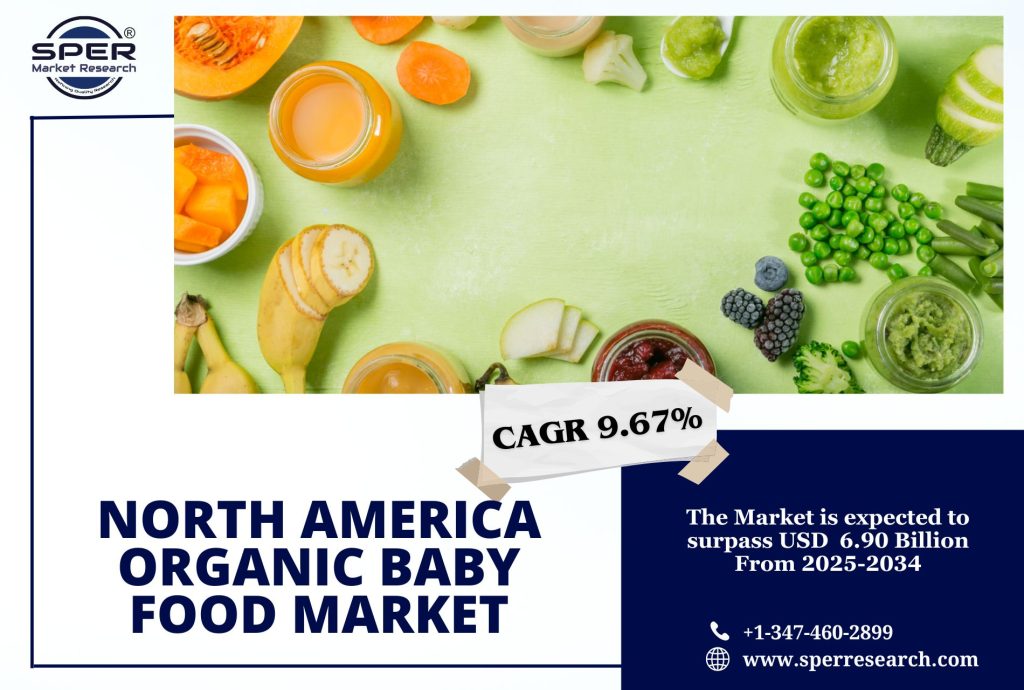Edible oils are liquid fats generated from plants or animals that are safe and appropriate for human ingestion. Edible oils are widely utilised in commercial food processing and home cooking around the world, and they provide the majority of unsaturated fats and vitamin E in human diets. However, like with other foods, oils may contain potentially hazardous pollutants. The intentional addition of a lower grade, less expensive oil for economic gain, generally referred to as economically motivated adulteration (EMA), is one route for the introduction of contaminants.
According to SPER market research, Indonesia Edible Oil Market Size – Regional Outlook, Competitive Strategies and Segment Forecast to 2033’ state that the Indonesia Edible Oil Market is predicted to reach XX billion by 203 with a CAGR of 5.24 %.
Drivers: The growing food processing industry in Indonesia, together with the widespread use of edible oil in baking, dressing, frying, and other applications, is driving market expansion. Consumers’ shifting dietary patterns, combined with their hectic work schedules, are driving the consumption of processed food items that use edible oil as food preservatives and flavouring agents, catalysing product demand across the country. Moreover, the growing consumer health concerns towards the high prevalence of several lifestyle diseases, such as cardiovascular ailments, diabetes, obesity, gastrointestinal disorders, etc., are primarily driving the demand for healthy edible oils. Additionally, the rising demand for vegetable oil-based margarine as a healthier substitute to butter, particularly among health-conscious and lactose-intolerance consumers, is further propelling the market growth
Restraints: Price volatility is the main issue facing the Indonesian edible oil market, which is subject to various important restrictions. Global economic situations, shifting trade regulations, and disparities in agricultural productivity all have an impact on this instability. Market instability may be inadvertently exacerbated by domestic regulations, such as export prohibitions or limitations put in place to protect domestic supply and manage pricing. The market is further strained by concerns about global food security and the growing use of palm oil for the manufacture of biofuel, which affects supply and demand dynamics. For those involved in the edible oil sector, these elements come together to produce a complicated and frequently uncertain environment.
Request a Free Sample Report: https://www.sperresearch.com/report-store/indonesia-edible-oil-market.aspx?sample=1
The Riau in Indonesia Edible Oil Market has seen significant increase in edible oil production due to its favourable climate, land availability, and good export infrastructure. Some of the key market players are Astra Argo Lestari Tbk PT, PT Cargill Indonesia (Cargill, Incorporated), PT PP London Sumatra Indonesia Tbk, PT Salim Ivomas Pratama Tbk, PT Smart TBK, PT Socfin Indonesia, PT Tunas Baru Lampung Tbk, PT Asianagri Hilir, PT Bina Karya Prima and Wilmar International Ltd
Indonesia Edible Oil Market Segmentation:
By Type: Based on the Type, Indonesia Edible Oil Market is segmented as; Palm Oil, Soybean Oil, Mustard Oil, Sunflower Oil, Olive Oil, Others.
By Packaging Type: Based on the Packaging Type, Indonesia Edible Oil Market is segmented as; Pouches, Jars, Cans, Bottles.
By Packaging Material: Based on the Packaging Material, Indonesia Edible Oil Market is segmented as; Metal, Plastic, Paper, Others.
By Pack Size: Based on the Pack Size, Indonesia Edible Oil Market is segmented as; Less than 1 Litres, 1 Litres, 1 Litres – 5 Litres, 5 Litres – 10 Litres, 10 Litres and Above.
By Application: Based on the Application, Indonesia Edible Oil Market is segmented as; HoReCa, Home Users, Food Processing Industry.
By Distribution Channel: Based on the Distribution Channel, Indonesia Edible Oil Market is segmented as; Direct/Institutional Sales, Supermarkets and Hypermarkets, Convenience Stores, Online, Others.
By Region: This research also includes data for Eastern Region, Western Region, Northern Region, Southern Region.
For More Information, refer to below link: –
Indonesia Edible Oil Market Outlook
Related Reports:
Follow Us –
LinkedIn | Instagram | Facebook | Twitter
Contact Us:
enquiries@sperresearch.com
+1–347–460–2899









